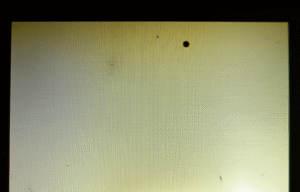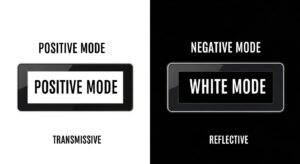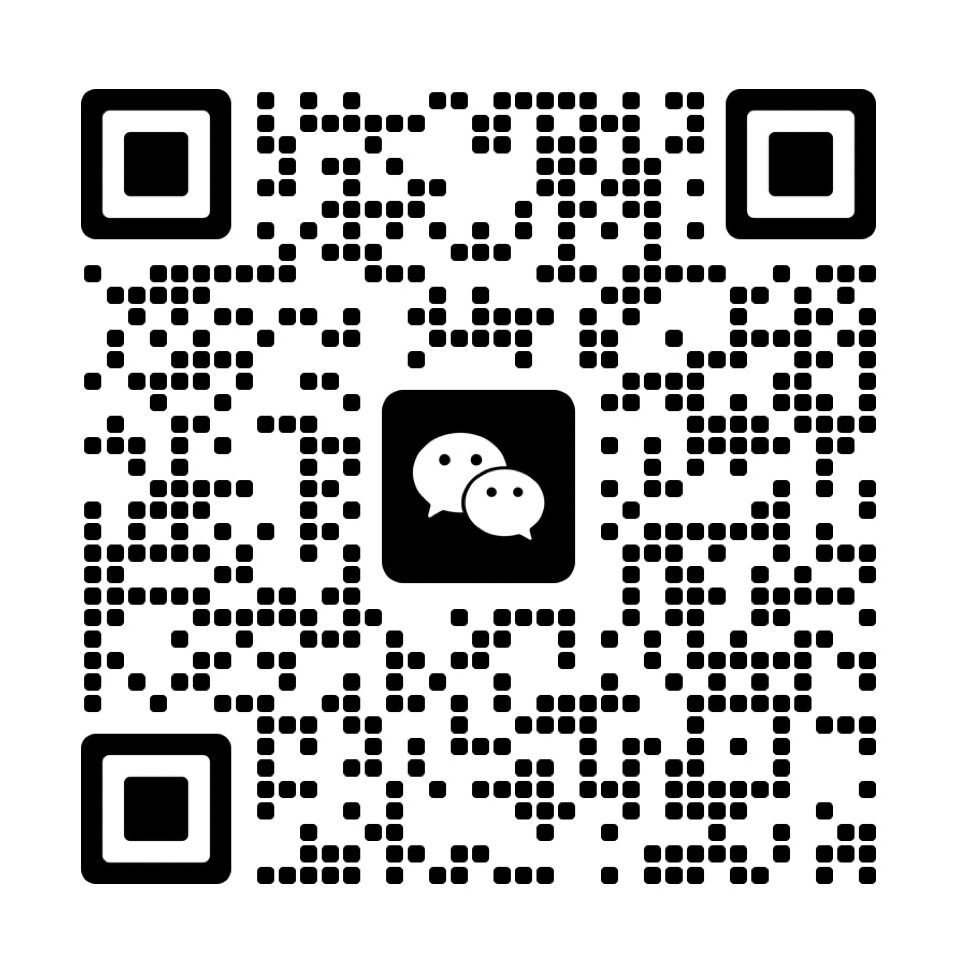In the ever-evolving world of electronics, the tools we use to measure and diagnose circuits have also advanced dramatically. Among these tools, multimeters play a critical role, and the emergence of large-screen smart digital multimeters marks a significant shift from traditional analog models. As someone who has used both types extensively, I’d like to share my personal insights into their differences, advantages, and how they have impacted my work.
Understanding the Basics
Before diving into the nuances, let’s clarify what multimeters are. A multimeter is an essential instrument that can measure voltage, current, and resistance. There are two primary types: analog multimeters, which use a needle and scale, and digital multimeters (DMMs), which display readings in numeric form. Recently, the development of smart digital multimeters with large screens has transformed how we interact with this vital tool.
Analog Multimeters: The Classic Approach
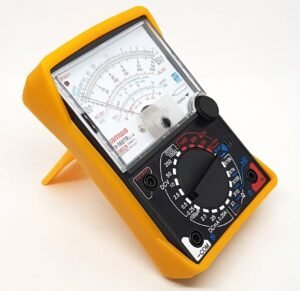
Analog multimeters have been around for decades. They feature a moving needle that indicates measurements on a dial. This design offers a certain charm and can be advantageous in specific situations, such as observing trends in voltage changes. However, they have their limitations. The readings can be difficult to interpret accurately, especially in low-light conditions or when quick decisions are necessary.
In my experience, using an analog multimeter requires a certain skill set. You must be adept at reading the needle and understanding the scale, which can be cumbersome, especially when you’re multitasking on a project. The analog model also tends to have lower accuracy, which can lead to errors in sensitive applications.
Smart Digital Multimeters: The Modern Solution
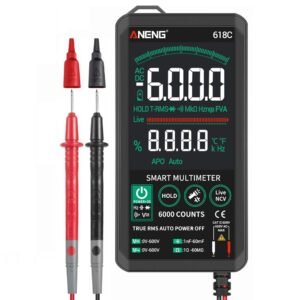
Transitioning to smart digital multimeters, these devices offer a plethora of features that enhance both usability and precision. The large screens provide clear, easy-to-read data, which is especially beneficial when working in tight spaces or under varying lighting conditions. The transition from analog to digital is not merely about aesthetics; it’s about functionality and efficiency.
One of the standout features of smart digital multimeters is their ability to store data and communicate wirelessly with other devices. This connectivity allows for real-time analysis and monitoring, which has become invaluable in my daily tasks. For example, I often work on complex projects where data logging is crucial. With a smart multimeter, I can track changes over time and share findings with colleagues instantly, streamlining our workflow.
Smart digital multimeters usually use monochrome segment screens which have the characteristics of low power consumption.
Precision and Accuracy
When it comes to accuracy, smart digital multimeters excel over their analog counterparts. They often come equipped with advanced features such as auto-ranging, which automatically selects the appropriate measurement range. This capability not only saves time but also reduces the likelihood of human error—a critical factor in precise measurements.
During a recent project, I encountered a scenario where I needed to measure the voltage across multiple components quickly. The smart multimeter provided rapid, accurate readings without the hassle of manually adjusting the settings. This feature significantly enhanced my productivity and allowed me to focus on problem-solving rather than measurement adjustments.
User Experience and Learning Curve
For those new to electronics, the learning curve with analog multimeters can be steep. Understanding how to interpret the scales takes practice. In contrast, smart digital multimeters are generally user-friendly. The clear display and intuitive interfaces make it easier for beginners to grasp the fundamentals of measurement. I’ve introduced several colleagues to smart multimeters, and their feedback consistently highlights the ease of use as a major advantage.
LCD technology is based on liquid crystals that adjust light when an electric current passes through, using minimal power—making it an excellent choice for energy meters. These LCD displays work seamlessly with sensors to provide real-time updates on key data points like voltage, current, and power factor.
The Future of Multimeters
As technology advances, the capabilities of multimeters are expanding. Future models are likely to include more sophisticated features, such as enhanced connectivity options, advanced data analysis tools, and even integration with mobile applications for remote monitoring. This trend is not just about convenience; it’s about creating smarter work environments where data can be leveraged for better decision-making.
Conclusion
In conclusion, while analog multimeters hold a nostalgic place in the world of measurement, large-screen smart digital multimeters are paving the way for a more efficient and precise future. My experiences with both types highlight the significant advantages that smart multimeters bring to the table, particularly in terms of accuracy, usability, and functionality. As we move forward, embracing these advancements will undoubtedly enhance our ability to tackle increasingly complex electronic challenges.



